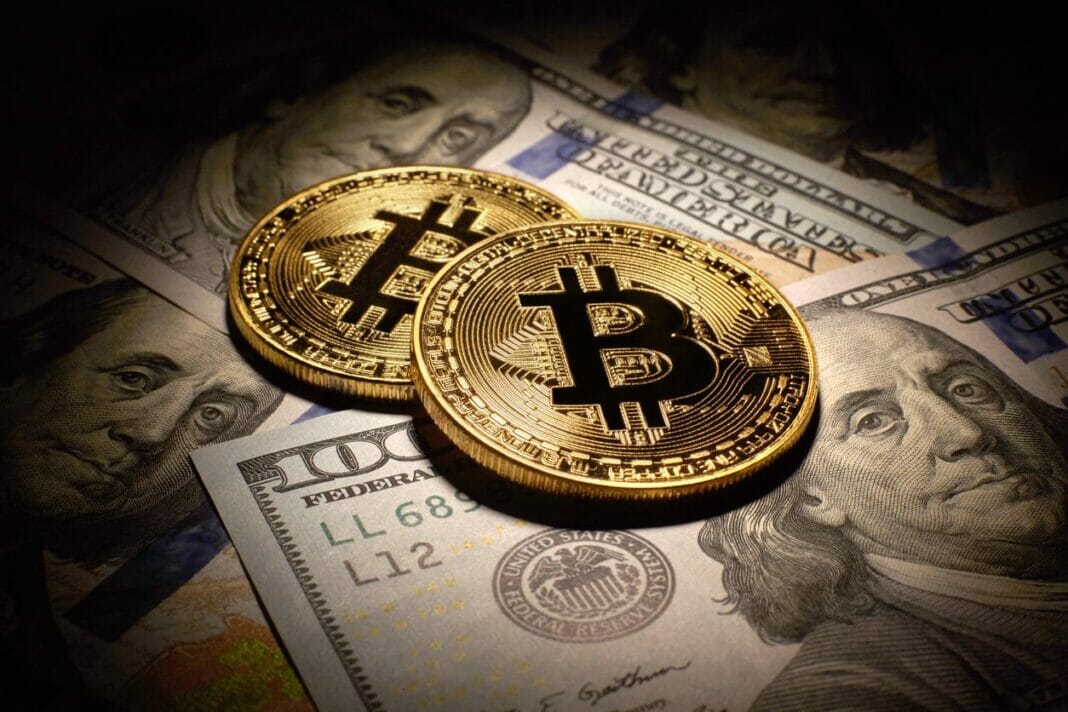A new study from SmartSearch reveals that dirty money is entering the crypto industry at an alarming rate. 28% of crypto companies have reported an increase in Suspicious Activity Reports (SARs) in the last six months. Financial professionals use SARs to notify law enforcement of possible money laundering or terrorist financing.
Dirty money is pouring into the industry at an alarming rate, according to a new study. More than a quarter (28%) of crypto companies reported an increase in the number of Suspicious Activity Reports in the last six months.
Financial professionals, including lawyers, accountants, and real estate agents, use Suspicious Activity Reports (SARs) to alert law enforcement to potential cases of money laundering or terrorist financing.
Crypto the Best Option for Dirty Money
They provide law enforcement in the UK with additional perspective on economic crime in the private sector. However, they are not the same as a crime or fraud report. They also do not constitute an official criminal complaint.
The new data comes from SmartSearch, which surveyed 500 compliance decision makers across various industries. Including crypto platforms, gambling companies, property developers and banks.
Recent numbers highlight the ongoing struggle by compliance professionals to combat the growing scourge of cryptocurrency-related money laundering. BeInCrypto reported on a survey revealing that two-thirds of crypto businesses are concerned about anti-money laundering (AML) violations.
That’s not the only data point, though. According to a First AML survey, 53% believe that current practices only partially address money laundering risks through cryptocurrencies.
Additionally, 41% have identified money laundering cases involving cryptocurrencies. In addition, 51% have faced fines or sanctions for not complying with anti-money laundering regulations.
Criminals view cryptocurrencies as a lucrative alternative to traditional money laundering for a number of reasons. First, cryptocurrencies like Bitcoin are pseudonymous and more difficult to trace than fiat currency bank transfers.
Crypto is also easy and fast to transact in large sums and can be accessed from anywhere in the world. Additionally, many Virtual Asset Service Providers (VASPs) lack the structures or resources to monitor illegal activity effectively.
In the most recent Chainalysis Crypto Crime Report, 2022 was a record year for crypto money laundering, with $23.8 billion in funds “cleaned” using cryptocurrencies, which marks a 68% increase from the previous year. However, the same report also noted that less than 1% of all cryptocurrencies have any connection to illicit activities.
Binance Investigated in France for “Aggravated Money Laundering”
Martin Cheek, managing director of SmartSearch, believes that criminal gangs target crypto companies to exploit weaknesses in their compliance processes, especially when faulty manual customer checks are used.
“These common practices, like requesting an identity document, are no longer enough,” he explained. “Not only do they fail to comply with know-your-customer (KYC) and AML standards, but they can also leave the door open for identity theft.”
Cheek further explains the situation as follows:
“The quality of forged documents has evolved to a level of sophistication that makes identification increasingly difficult. The Home Office’s own guide on verifying forgeries of official documentation lists 24 potential points of failure, many of which require expert knowledge to detect.
Money laundering has plagued the cryptocurrency industry as it attempts to present a legitimate and compliant public face. On June 16, French authorities announced that they are investigating Binance, the world’s largest exchange, for “aggravated money laundering.”
The EU is currently in a consultation process on the inclusion of VASP in its anti-money laundering regulations.
By Audy Castaneda











